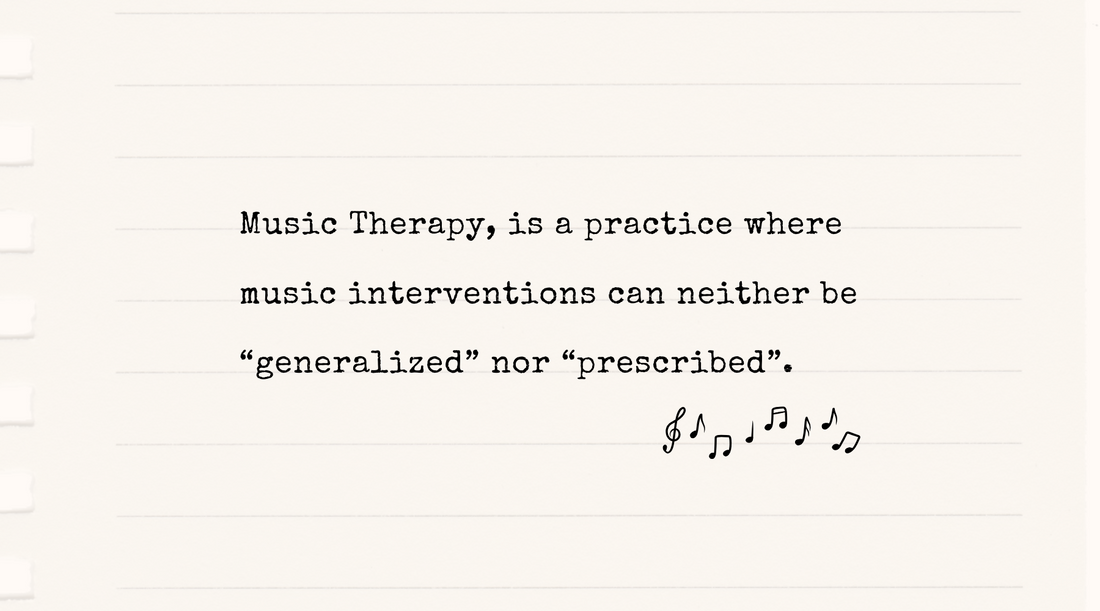
Of Moods and Musical Tempo
Share
A while ago, a little one entered class at the verge of sobbing. Although this was not the kiddo’s usual temperament, it happens at times and it can be challenging to find out with challenges of spontaneous speech in the way. Sometimes, it could be a sudden recollection of an event that made him blue or it could be an external event, like a sudden downpour which triggers unsettledness. This was exactly what happened that week. “He was just fine and then it rained suddenly!” the caregiver said.
As we started, the little one looked increasingly upset. I said, “You look sad today.” The little one grimaced. I continued, “What shall we do to help us feel better?”
He replied,” Good morning song.”
I nodded, “That is a great idea.”
At this point, I was encouraged that he had expressed what he needed and proceeded to ask a little more, “How should we sing it this morning? Fast…Slow?”
Little One replied, “Fast.”
The questions invited him to engage and gave him some form of control, something which might have been missing before. I took up his suggestion and started up an upbeat version of our regular greeting. As he heard the familiar chords in a new rhythm, he broke into a smile. By the time the song was over, so too was whatever that triggered his tears.
Now just as we are about to generalize this into a principle – fast music picks up moods – the story continues the following week. When he came for a session, I asked him how we could start the session, and he said, “Slow.” Roger that.
Every session can present itself very differently. Music Therapy, is a practice where music interventions can neither be “generalized” nor “prescribed”. While it is incredibly helpful to shore up strategies and interventions, the decision on which intervention to use, hinges on who the child is, and what they might be grappling with in the moment. Keep listening and keep observing!
